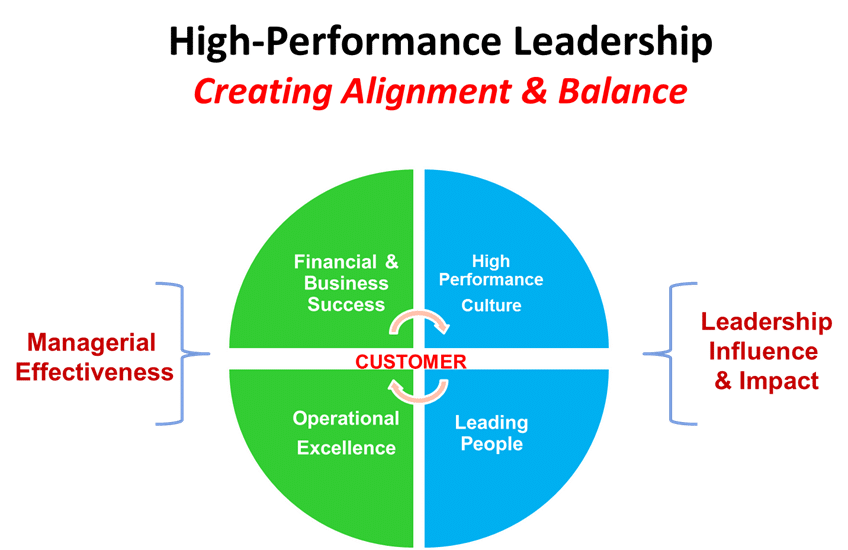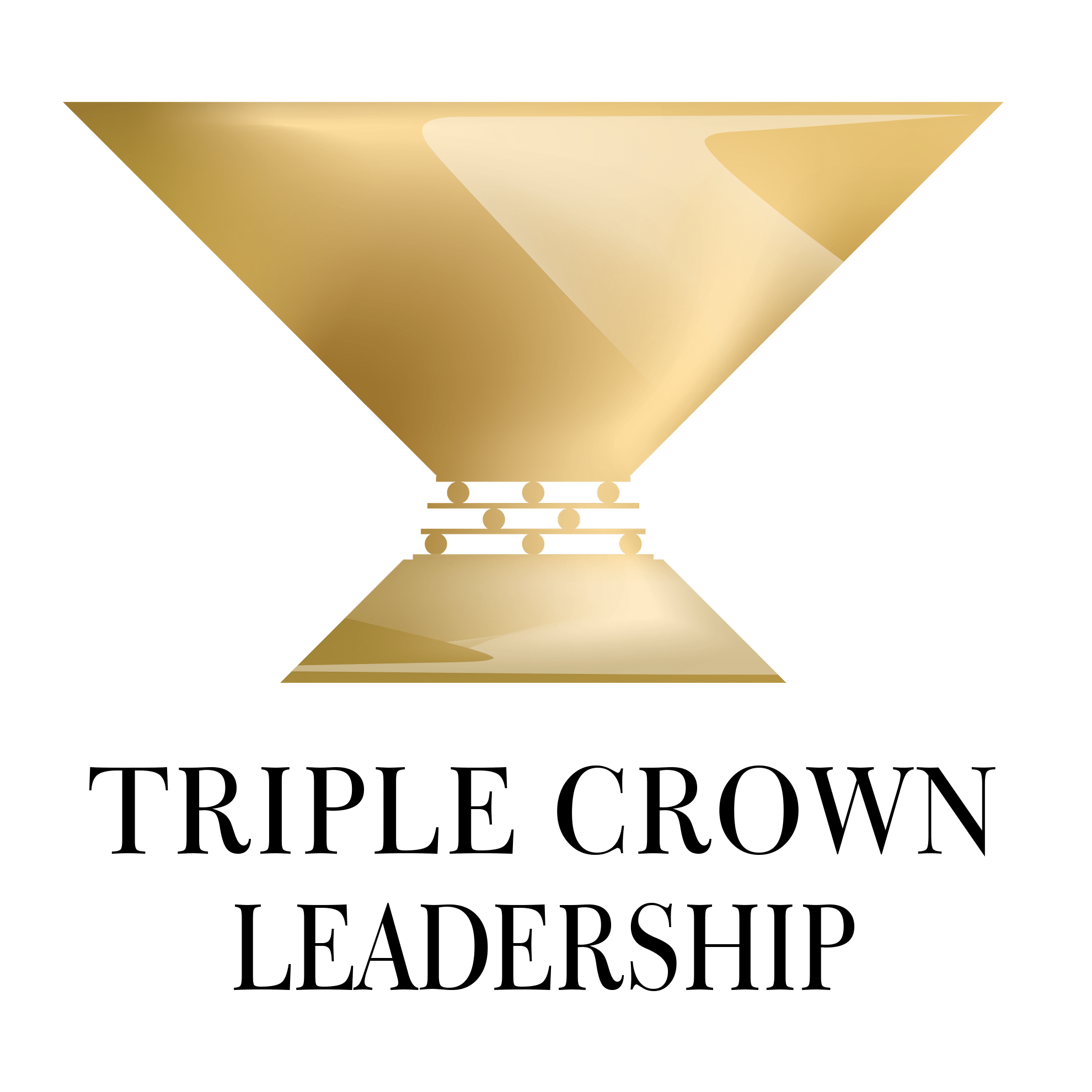Creating Alignment & Balance through High-Performance Leadership
(This is a guest blog by Charles Walsh.) One of the most important aspects of leadership today is intentional alignment of purpose and direction. A four-quadrant approach will assist you in achieving high-performance leadership while ensuring balance of effectiveness and impact of results. In the 21st century, the battle cry of top leaders is achieving … Read more





